The plantar pressure distribution system is an advanced technological apparatus used for detecting and analyzing the force distribution on the sole of the foot.
By precisely measuring the pressure distribution across different regions of the foot sole, this system finds wide applications in various fields such as medical diagnosis, sports science, rehabilitation therapy, and footwear design.
The following will delve into the working principles of the plantar pressure distribution system, methods of data collection, and its specific applications in detecting foot force distribution.
Working Principles of the Plantar Pressure Distribution System:
The plantar pressure distribution system primarily consists of pressure sensor arrays, data collection devices, and analysis software. These components work together to achieve precise detection and analysis of pressure distribution on the sole of the foot.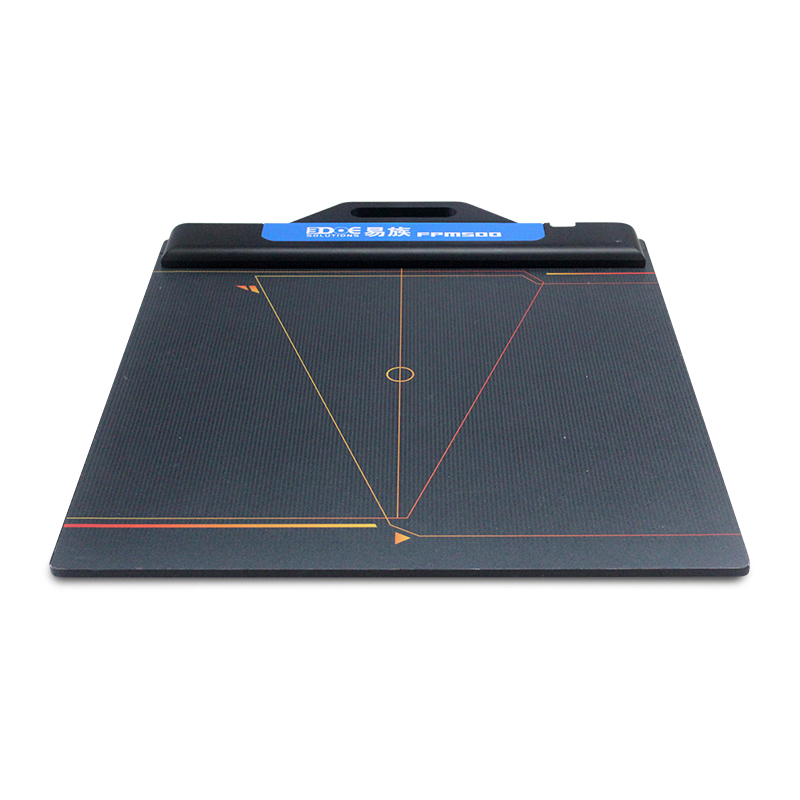
Pressure Sensor Array:
The core component of the system is the pressure sensor array, which can be embedded in gait analysis platforms, insoles, or treadmills. Each sensor can sense the vertical pressure above it, and the sensor array captures the pressure distribution across the entire foot sole.
Data Collection Device:
The data collection device is responsible for transmitting the pressure data from the sensor array in real-time to a computer or other processing devices. These devices typically have high sampling rates and resolutions to accurately capture dynamic pressure changes on the foot sole.
Analysis Software:
The analysis software processes and analyzes the collected data. It generates pressure distribution maps showing pressure levels in different areas of the foot sole and calculates gait parameters such as stride length, cadence, contact time, and maximum pressure points. These data provide essential insights into foot force distribution and gait characteristics for healthcare professionals and researchers.
Principles of Detecting Foot Force Distribution:
The plantar pressure distribution system detects foot force distribution through the following steps:
Data Collection: When users stand, walk, or run, the pressure sensor array records pressure data from various contact points on the foot sole. The data collection device transmits this data to a computer.
Data Processing: Upon receiving the data, the analysis software preprocesses it, including filtering, noise reduction, and calibration, ensuring data accuracy and reliability.
Generation of Pressure Distribution Maps: The processed data is used to generate pressure distribution maps, where different colors represent different pressure levels, typically with high-pressure areas displayed in red and low-pressure areas in blue.
Calculation of Gait Parameters: The software further analyzes the pressure data to calculate gait parameters such as stride length, cadence, contact time, and maximum pressure points. These parameters provide critical insights for gait analysis and foot health assessment.
Applications of the Plantar Pressure Distribution System:
1. Medical Diagnosis:
The plantar pressure distribution system is widely used in medical diagnosis, particularly for diagnosing and assessing various foot conditions, including:
Flat Feet: The pressure distribution map can clearly show elevated pressure in the midfoot region of flat feet patients, with little pressure on the arch area.
High Arches: Patients with high arches exhibit higher pressure in the forefoot and rearfoot regions, with lower pressure in the midfoot arch area.
Plantar Fasciitis: Abnormally high-pressure points near the heel area of plantar fasciitis patients can be identified through pressure maps.
2. Sports Science:
In the field of sports science, the plantar pressure distribution system is used to analyze athletes' gait and foot force during various activities to optimize training and competition performance and prevent sports injuries.
For example, analyzing foot pressure distribution during running can reveal faulty landing patterns such as overpronation or supination, which can be improved through training program adjustments.
3. Rehabilitation Therapy:
The plantar pressure distribution system plays a significant role in rehabilitation therapy. For patients recovering from lower limb injuries or surgery, regular monitoring of foot pressure distribution enables the assessment of rehabilitation progress and adjustment of rehabilitation training programs to ensure scientific and effective recovery.
4. Diabetic Foot Monitoring:
Diabetic patients are prone to foot ulcers and infections due to neuropathy and impaired blood circulation. The plantar pressure distribution system helps healthcare professionals monitor high-pressure areas on diabetic patients' feet and take preventive measures, such as adjusting footwear or using protective pads, to reduce the risk of ulceration.
5. Footwear Design:
Footwear designers utilize data from the plantar pressure distribution system to design ergonomically correct shoes that enhance comfort and promote foot health. By analyzing pressure distribution on the feet of different populations (such as athletes, elderly individuals, diabetic patients, etc.), footwear products tailored to specific needs can be developed.
The plantar pressure distribution system serves as a highly accurate detection tool in detecting foot force distribution.
Through precise pressure data collection and analysis, this system provides scientific evidence for medical diagnosis, sports science, rehabilitation therapy, diabetic foot monitoring, and footwear design.
With ongoing technological advancements, the plantar pressure distribution system will become more intelligent and multifunctional, providing comprehensive support for the assessment and management of foot health.

 +86-0755-86131192
+86-0755-86131192 2024-05-16
2024-05-16 Back to list
Back to list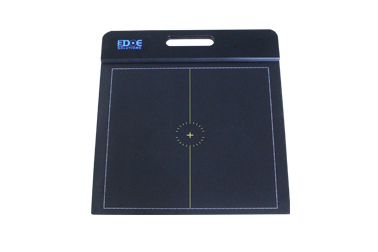
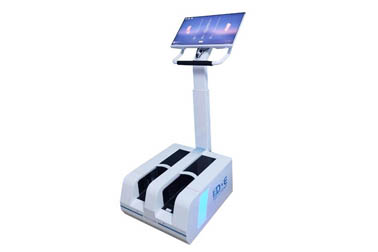
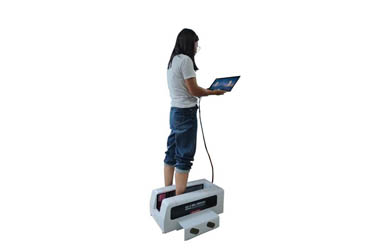
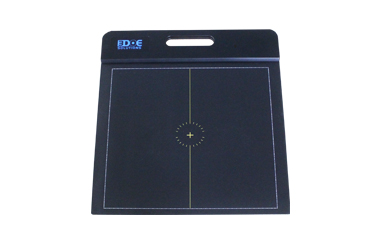

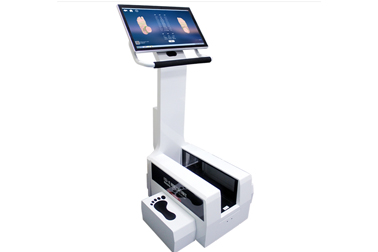



 +86-0755-86131192
+86-0755-86131192